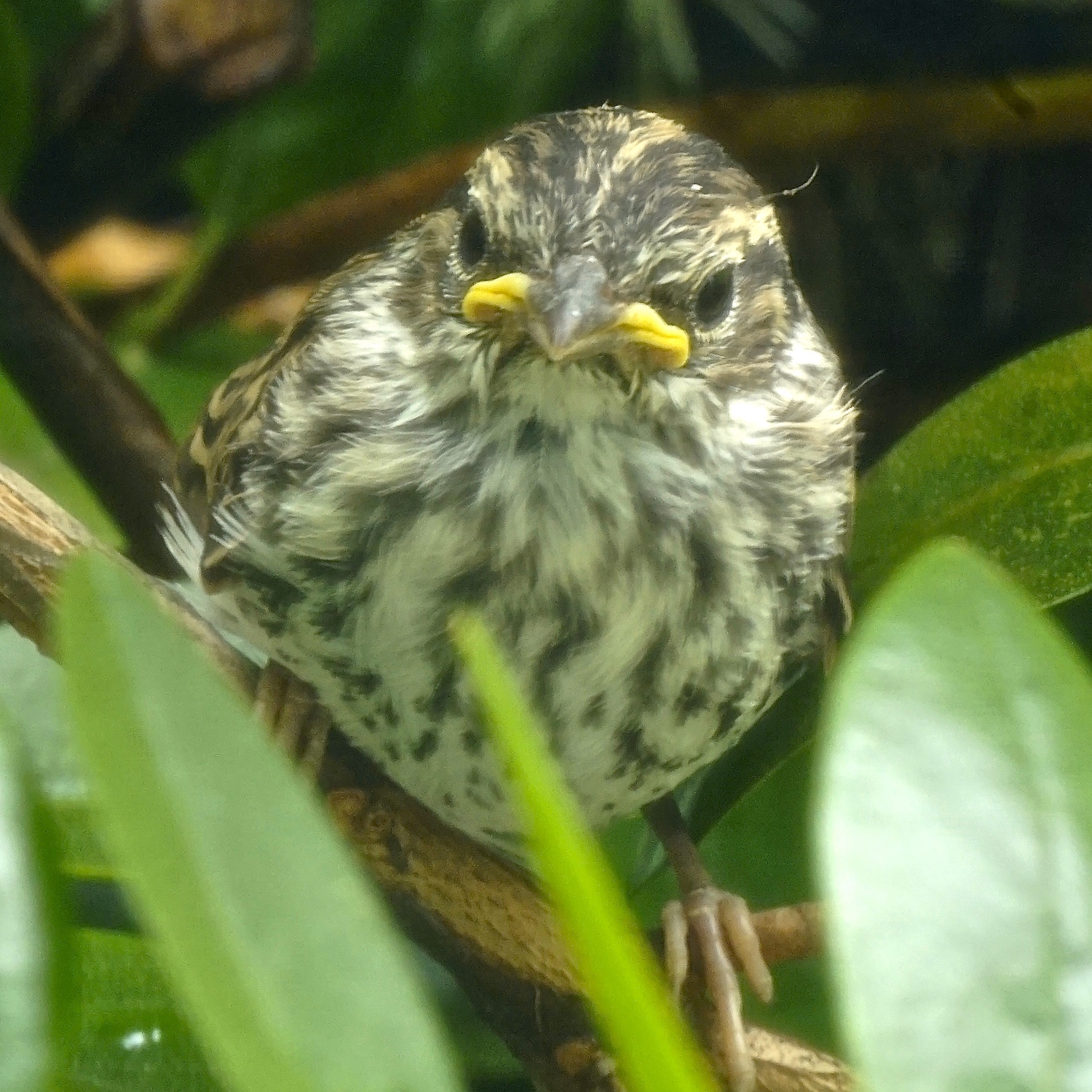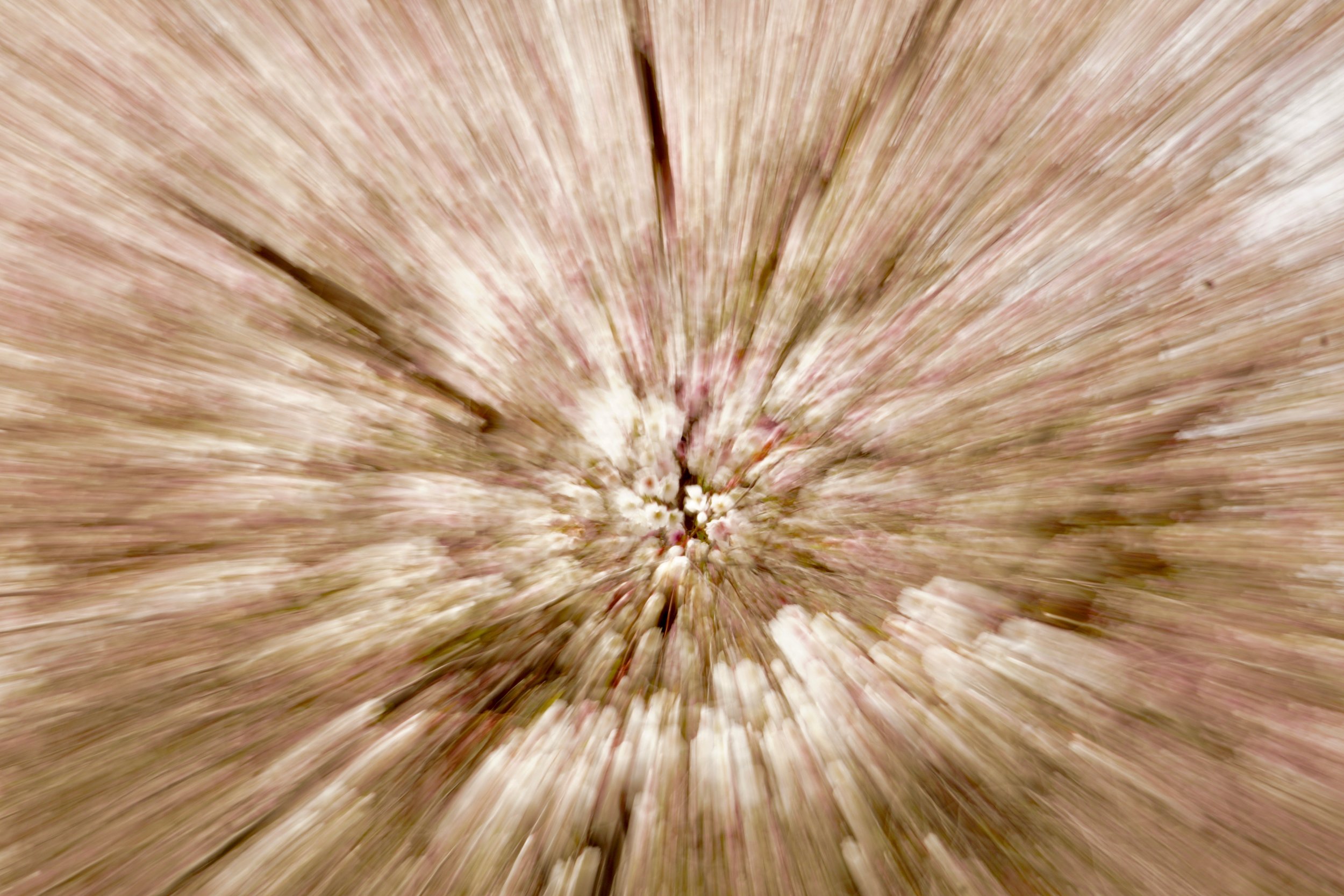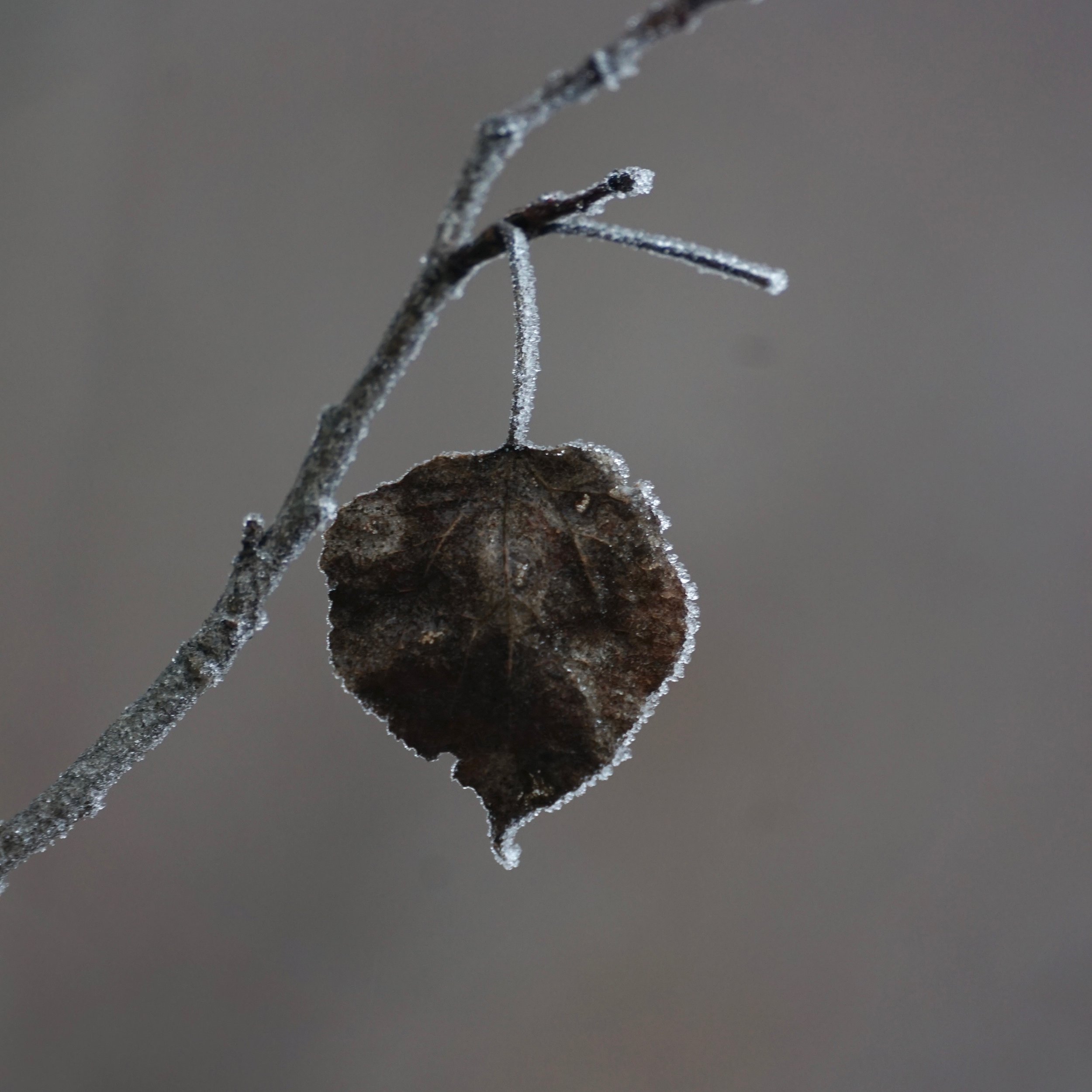Students often ask me how they can create more of a feeling of depth in their images. Photographing a meadow across from my home in PA I suddenly realized why I have photographed this same scene a thousand times. Because it has depth. It attracts and holds my attention in three ways.
1. interesting subjects in foreground, mid ground and back ground.
2. three levels of details, small blades of grass, medium size flowers, and large trees.
3. psychological depth, the dark area of the forest in the distance evokes a feeling of mystery. For me is a bit scary, and I wonder what might be lurking in those woods. Perhaps a bear?
The technical challenge in creating a sense of depth is to use a small aperture (large number) so the details are in sharp focus in the foreground, mid ground and background. To accomplish this in the soft early morning light, you might need a tripod. The smaller aperture setting will let in less light, so you need longer exposure.
You can see I also used the rule of thirds in my composition, one third meadow, two thirds forest. When you are successful in creating a feeling of depth, the viewer wants to visually walk right into the image and explore. Rather than feeling flat, there is dimension.
Spring is the perfect time to practice your landscape skills. I invite you to find a spot, sink in deeply and capture the deeper feeling of the place. Visual and emotional depth are a perfect mindful antidote to our fast pace daily life. Enjoy!




















